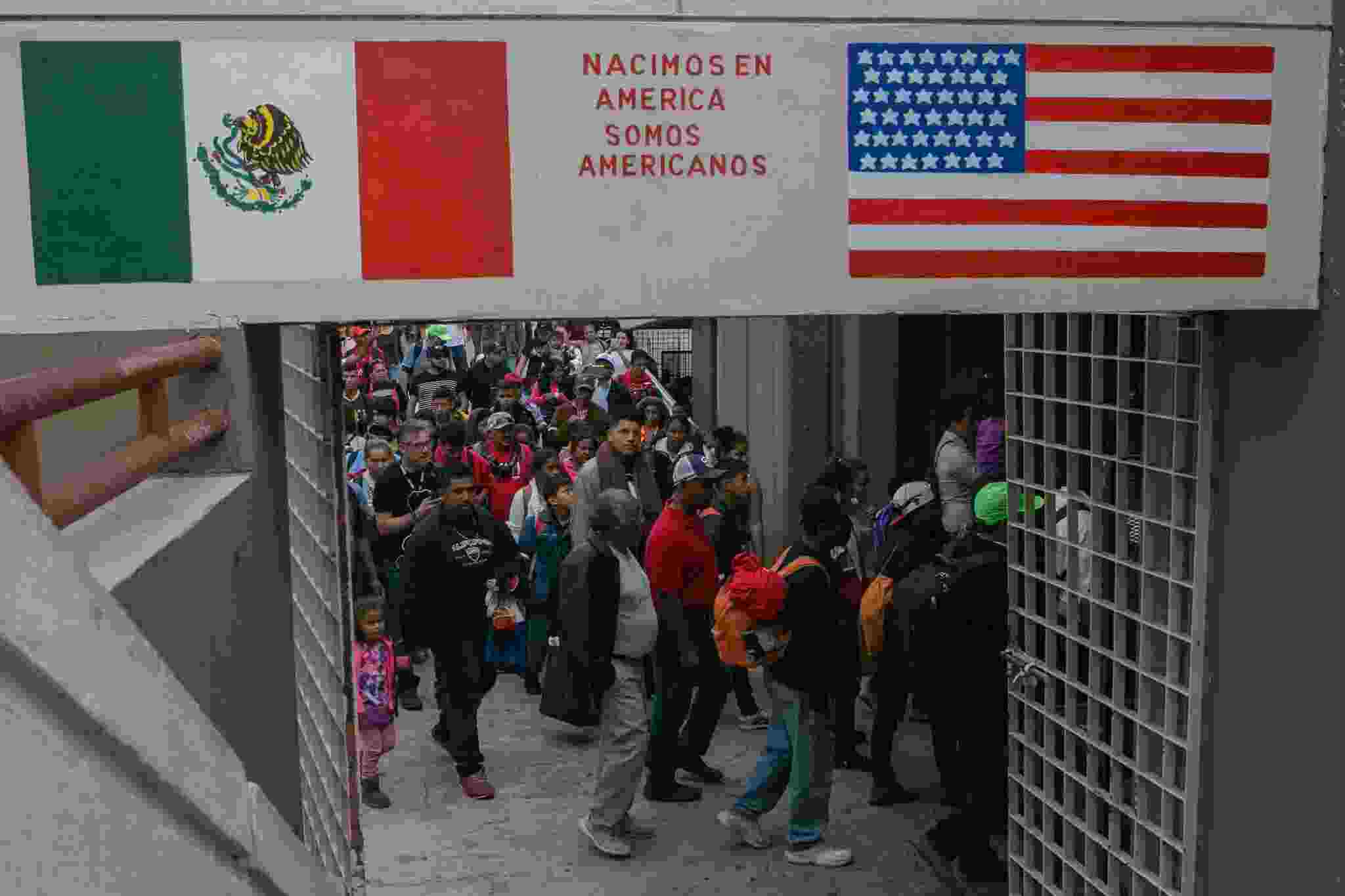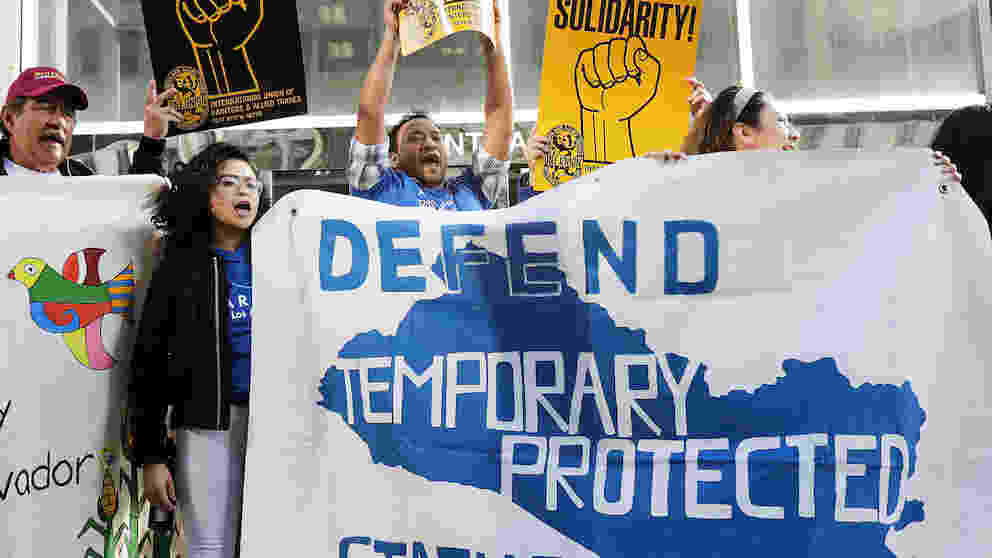U.S. ends protected deportation: TPS for Nicaraguans and Hondurans
What This Means for Thousands of Migrants
U.S. ends protected deportation, Nicaraguans and Hondurans, marking a significant shift in immigration policy. This change affects tens of thousands of migrants who have lived in the U.S. under Temporary Protected Status (TPS) for over two decades. This post explores the background, impact, and what affected migrants can do next.
U.S. ends protected deportation, what Is TPS and Why Does It Matter?
Temporary Protected Status (TPS) is a federal program. It protects immigrants from deportation if their home countries face disasters or conflicts. TPS also grants work permits, allowing recipients to work legally in the U.S.
TPS is temporary, meant to shield migrants until it is safe to return home. Countries get TPS designation when they face wars, natural disasters, or other crises.
U.S. ends protected deportation ,Nicaragua and Honduras first received TPS in 1999. This followed Hurricane Mitch, a devastating Category 5 storm that killed over 10,000 people. TPS allowed thousands to stay in the U.S. legally.
Why Is the U.S. Ending TPS for Nicaraguans and Hondurans?
The U.S. ends TPS for Nicaraguans and Hondurans citing improved conditions in both countries. The Department of Homeland Security (DHS) reviewed their situations. Secretary Kristi Noem said both countries have recovered enough from Hurricane Mitch.
Noem emphasized TPS is meant to be temporary, not permanent. She stated ending TPS “restores integrity” to the immigration system.
The protections will officially end on September 6, 2025. Approximately 72,000 Hondurans and 4,000 Nicaraguans currently benefit from TPS.
U.S. ends protected deportation the Political Context and Timeline
The Trump administration originally revoked TPS for these countries during his first term. President Biden later reinstated the protections, citing ongoing instability.
However, DHS’s recent decision reverses Biden’s renewal. It reflects the Trump administration’s broader push to reduce temporary legal protections for many migrants.
This move comes alongside plans to end TPS for Venezuelans, Haitians, Afghans, and others. Many migrants now face uncertainty and fears of forced deportation.
U.S. ends protected deportation what Are the Consequences of Ending TPS?
The U.S. ends TPS for Nicaraguans and Hondurans at a crucial time. Many immigrants rely on TPS for legal status and work rights.
Without TPS, these migrants risk deportation. They also lose their ability to work legally. This change disrupts their lives and families in the U.S.
Employers dependent on TPS workers could face labor shortages. Many TPS holders contribute significantly to local economies and communities.
Additionally, some fear returning to countries still struggling with violence, crime, and economic hardship.
Recommended by Nova News:
How Are Nicaraguans and Hondurans Affected?
TPS holders from these countries now face difficult choices:
- Return home voluntarily: DHS encourages migrants to use the CBP Home app. It offers a safe, supported way to leave the U.S., including a plane ticket and a $1,000 exit bonus.
- Remain in the U.S. without status: Some might stay but risk deportation or loss of work authorization.
- Seek other legal options: They may apply for asylum or other visas if eligible.
However, the decision to return is complicated. Both Nicaragua and Honduras still face challenges, including crime and limited healthcare. The U.S. State Department warns travelers to reconsider visits.
How to Understand TPS and Its Process

Understanding TPS is vital for affected migrants and the public. Here are key facts:
- TPS does not grant permanent residency or citizenship.
- It provides temporary protection from deportation.
- Work permits are granted during TPS coverage.
- TPS is reviewed periodically to decide if protections continue.
- The Secretary of Homeland Security decides TPS status based on conditions in the home country.
Steps for Migrants After TPS Ends
Migrants currently under TPS should consider these steps:
- Stay informed: Monitor DHS announcements and deadlines.
- Use DHS resources: Download the CBP Home app to document departures if leaving voluntarily.
- Consult an immigration lawyer: Get legal advice for options beyond TPS.
- Explore other visas: Consider asylum or family-based immigration if possible.
- Prepare for return: If returning, plan finances and housing in home countries.
Taking action early can prevent sudden legal issues when TPS ends.

